Why the best way to understand Japan is through your stomach
Japanese culture is so diverse, but it is rooted in food. Every area has different specialty foods they produce or cook - which makes this country a foodie’s paradise.

The first thing that might come to mind when you think of Japan may be the bold and brazen neon lights of Shibuya, the hustle and bustle of the streets of Shinjuku and the traditional temples of Asakusa. Although these are iconic images of Tokyo, there’s so much more richness to Japanese culture. Not the culture shock, but the accessibility, comfort and serenity of it all.
Umai, meaning “tasty, delicious, appetising”, is a word said with fervour and excitement after that first bite of something that hits the spot. It is a word I frequently heard after meals I’d make for friends when I moved to Japan, and was the first word that would come out of my mouth when tasting something made with such creativity and mastery that it blew my mind.
There is so much to learn about home-cooked Japanese “soul food”. Outside the country, the image of Japanese food tends to be of sushi, lots of raw things, and steaming bowls of ramen – but that’s just a small part of the whole picture. Japanese culture is so diverse, but it is rooted in food. Every area of the country has different specialty foods they produce or cook, from oysters in Hiroshima to udon noodles in Shikoku. The common thread is that food plays an important role in bringing people together. So often, people show their love and appreciation to their families, partners and friends through the simple act of cooking.
Japanese food has an artistic nature, too. It’s very rare to go to someone’s house and find just one dish placed in front of you; instead there will be an array of mains, sides, pickles, rice and soup, together displaying a range of tastes, textures and colours. It can be a new way of eating.
I grew up in London and lived in a household that loved food deeply. Having a Japanese mum and a Spanish-Italian dad meant I regularly got to eat arguably some of the best cuisines, day in, day out, not just at home but outside too. Londoners are spoiled for choice, with restaurants from innumerable cultures and a merging of cuisines. It’s truly a place of fusion, in the best way possible. It was a brilliant place to grow up, and I was inspired by so many different people and foods.

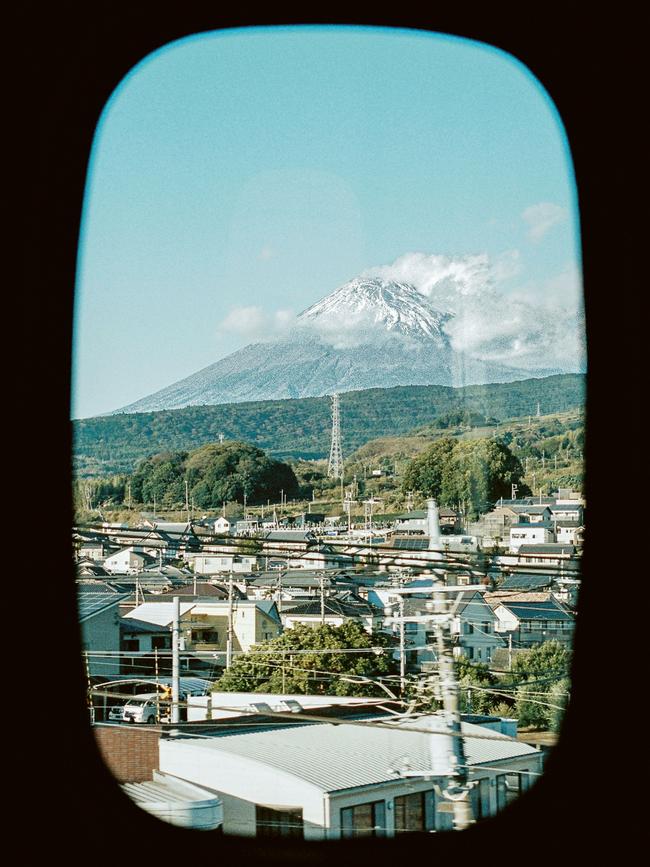
When I was growing up, we’d visit Tokyo for a month each year, which was the highlight of the summer holidays: long days filled with plenty of delicious food, going to the beach, and lots of ice cream from the local konbini (convenience stores). Being a child, I had no responsibilities apart from having fun, so it’s no surprise that Japan became my dream destination as a place to live. The naivety of that notion caught up with me when I got a bit older and realised that it’s actually not that realistic to move to the other side of the world when you don’t speak the language fluently or have any idea what you want to do with your future.
So that plan was parked for a few years until, in a make-or-break moment, I decided to take a two-month trip to Japan. The experience, I thought, would help me decide whether or not I should move to Japan. The moment I landed in Tokyo, I knew it was the place I needed to be. I was reminded of how happy I had been in the country: the food, the people, the way of life. it just made sense. So I decided to move to Japan, without too much of a plan.
I packed two suitcases filled with a few clothes and a bunch of cookbooks and moved to Yokosuka, an hour south of Tokyo, to a house I shared with four skateboarders. It was an interesting experience, to say the least, but the best part was that I was constantly surrounded by people who were hungry and raring to eat – which made my life a lot easier when I was writing a cookbook. There’s nothing more pleasurable than cooking for people who are excited to eat your food and who continuously cheer you on. Of course, all good things must come to an end, and I eventually moved into a quintessential studio apartment in Tokyo: a 21 sqm flat that I knew I had to rent as soon as I walked in. It had big windows and, most importantly, the perfect little Japanese kitchen. Generally, renting an apartment in Japan means zero appliances, but I was lucky enough that this place included a gas stove with enough space to fit two small pans, a tiny grill for fish and, right next to it, an area to chop, prepare and plate.
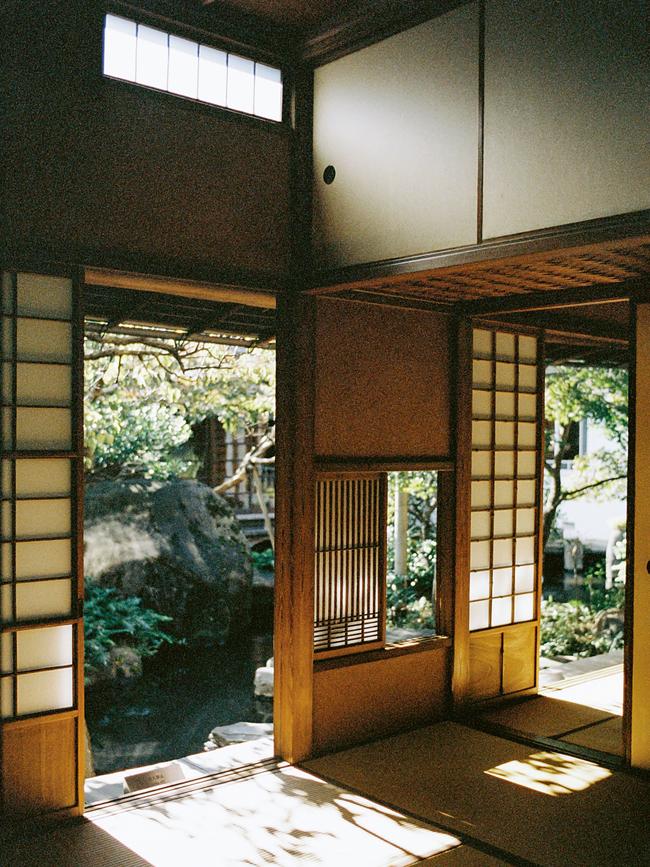
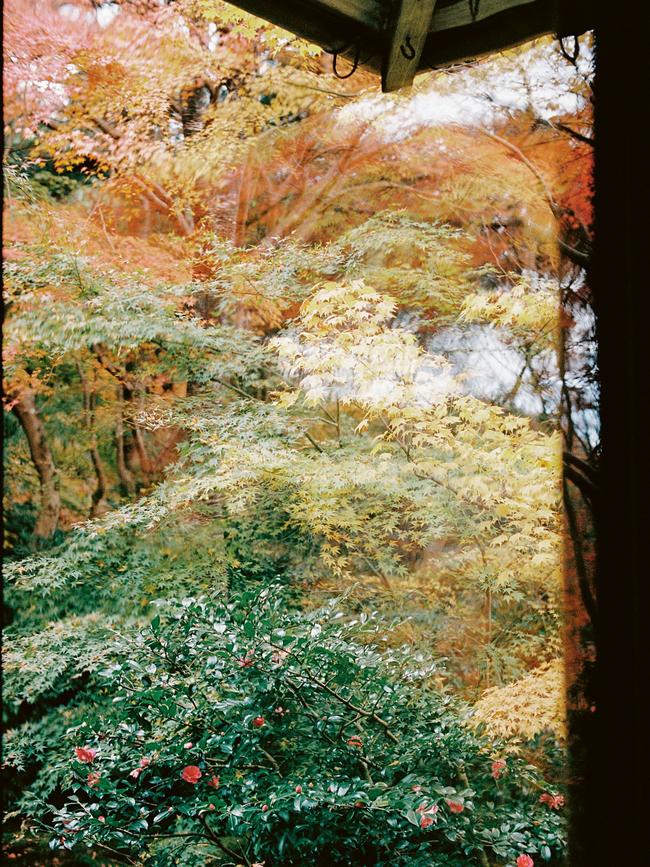
I bought a load of IKEA hooks from which to dangle the all-important tea strainer, my mandolin, a chopping board and measuring cups. The fridge, my newfound pride and joy, was the perfect size; it came just up to the height of my shoulders, and I stood on tiptoe to get the microwave on top of it. Multi-tasking was now at the forefront of how I cooked: bowls in the sink to hold all the vegetable peels, wiping down the surfaces as I went, and windows left open for as much ventilation as possible so my bed didn’t smell like fried chicken by the time I went to sleep.
In many ways, my little kitchen is a reflection of my favourite recipes. Simple dishes that use minimal equipment perfectly encapsulate what umai means to me: accessible home cooking that will leave a lasting impression on you and your guests, whether it’s a flavour combination you’ve never tried, or a new technique learned.
This is an edited extract from Umai: Recipes From a Japanese Home Kitchen by Millie Tsukagoshi Lagares (Quadrille, $55). Photography by Lizzie Mayson and Lucy Laucht.

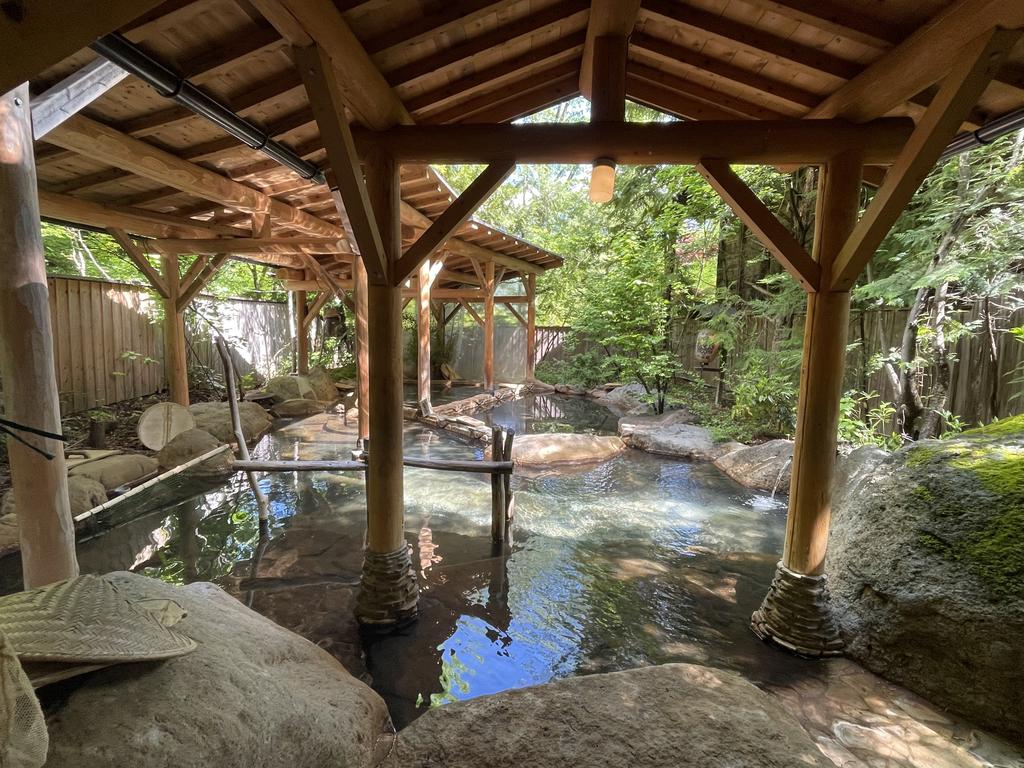
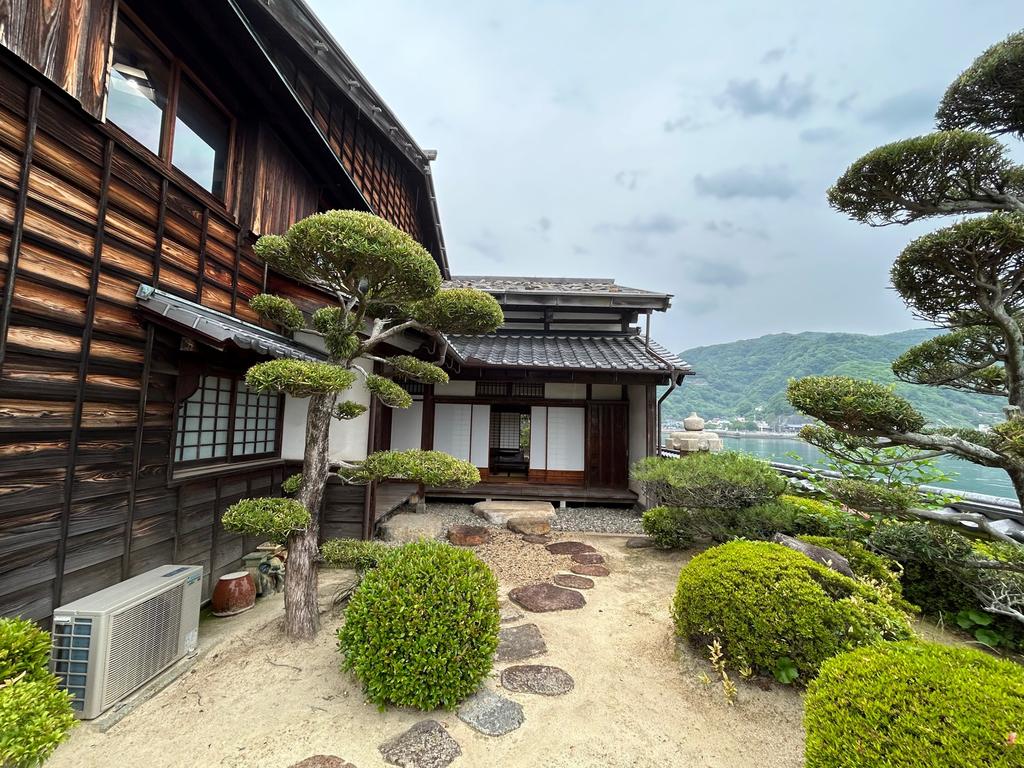
To join the conversation, please log in. Don't have an account? Register
Join the conversation, you are commenting as Logout